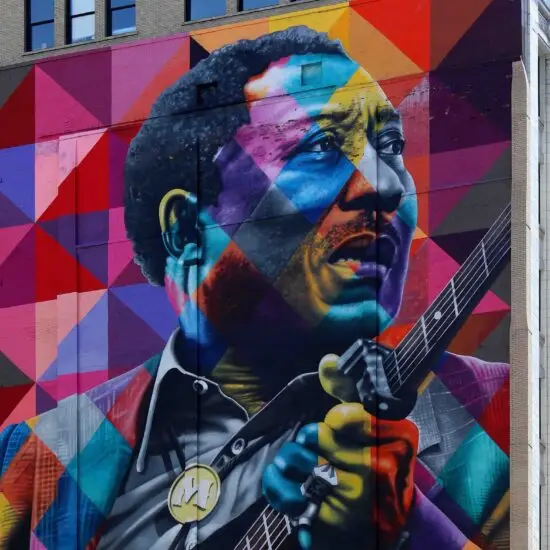
Muddy Waters: Ain’t that a Man
Bluesman Muddy Waters went from the Mississippi cotton fields to Chicago and changed the face of American music.

Bluesman Muddy Waters went from the Mississippi cotton fields to Chicago and changed the face of American music.
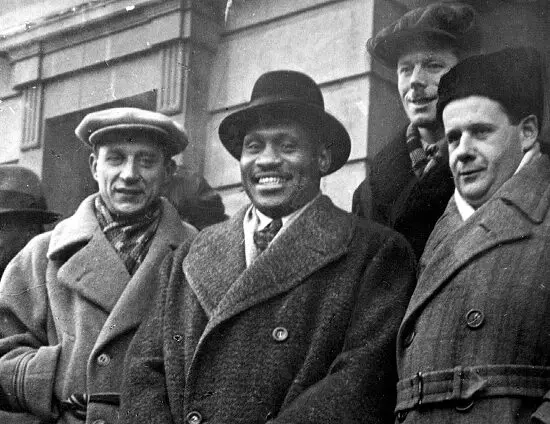
Between the 1930s and 1960s, the famous singer and actor made many visits to the world’s first socialist country, which made a lasting impression on his art and politics.
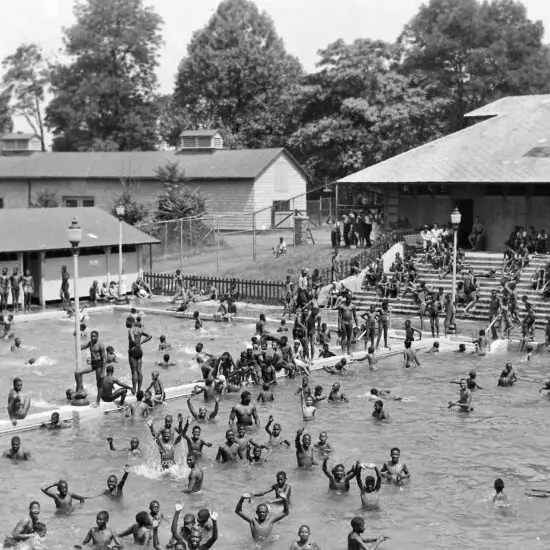
With integration a legal right, swimming pools became a new battleground in the segregation fight.
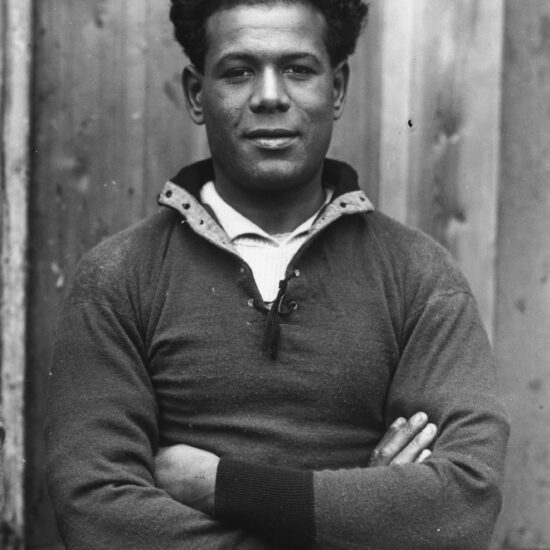
The hidden story of the English national team’s first Black footballer.
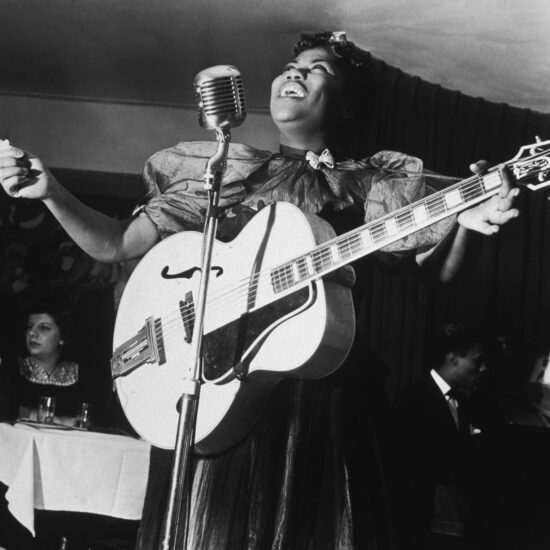
The remarkable story of Sister Rosetta Tharpe, a forgotten founder of rock and roll.
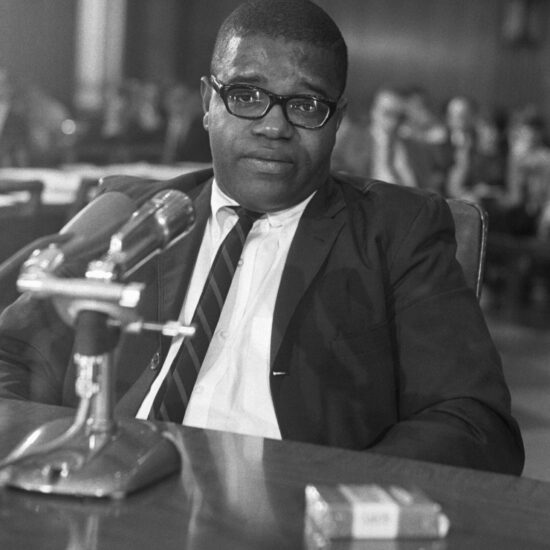
Claude Brown testifies about the urban crisis in 1960s America.
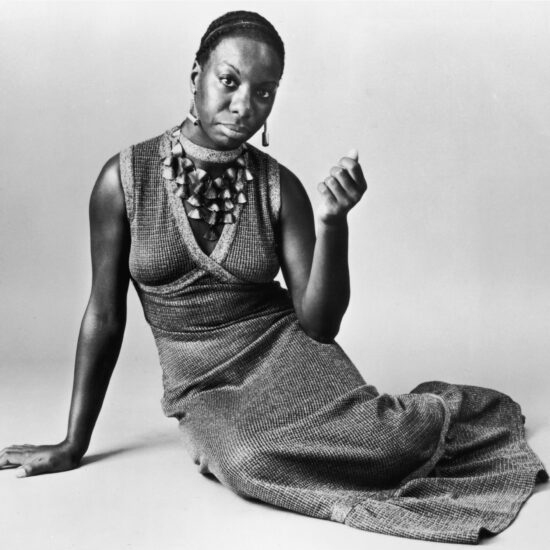
The performer’s transformation from jazz to politics during the Civil Rights Era
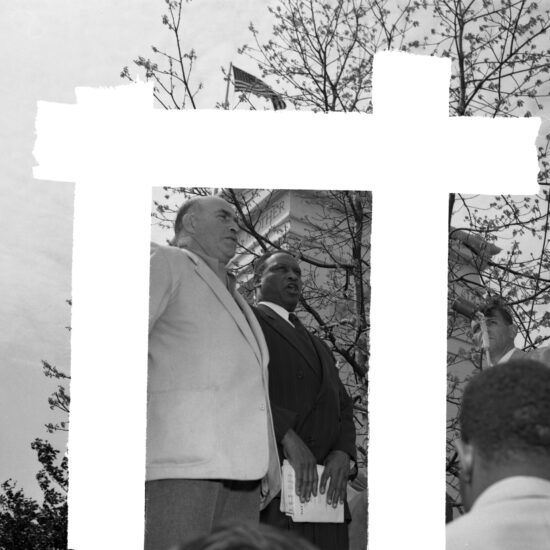
How Paul Robeson sang to 35,000 Canadians without crossing the border
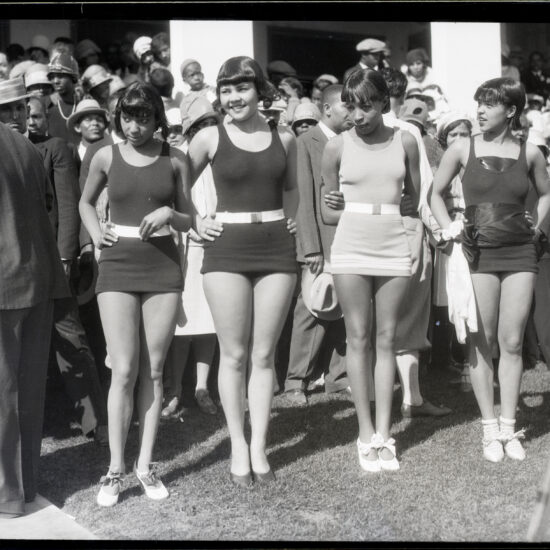
The Parkridge Country Club demonstrated the fragile promise of African American recreational space in 1920s Los Angeles
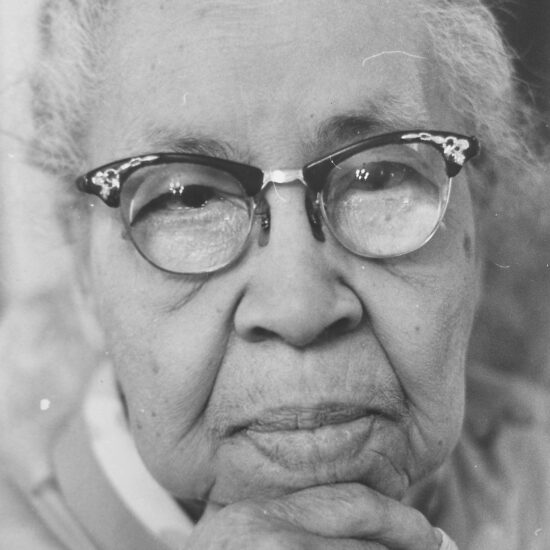
The Influential Life of Norma Elizabeth Boyd, a founding member of Alpha Kappa Alpha Sorority Inc.
© 2021–2024 This project is a collaboration of Getty Images and Origins: Current Events in Historical Perspective.
230 Annie and John Glenn Avenue, Columbus, OH 43210